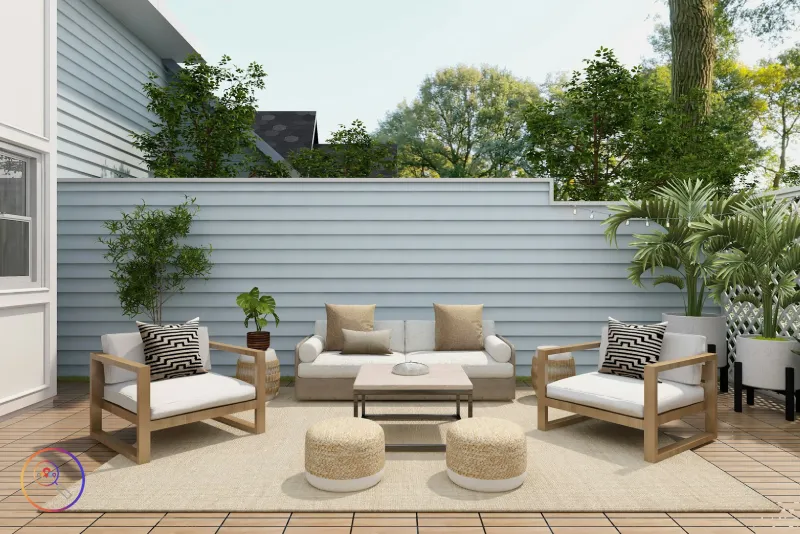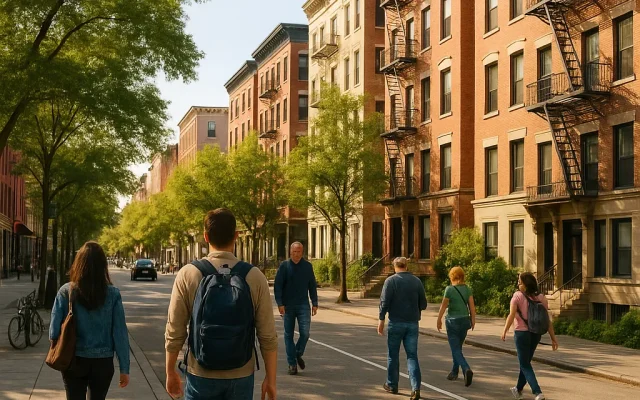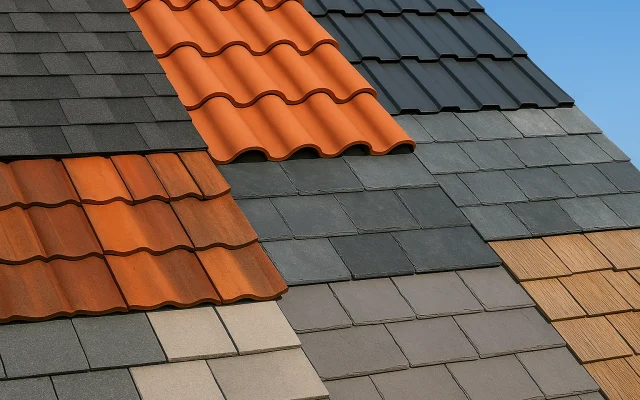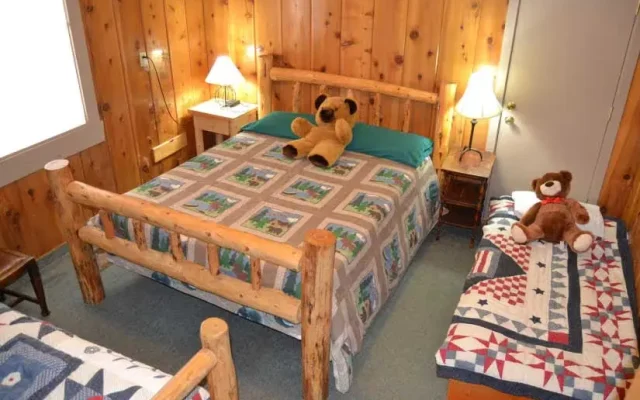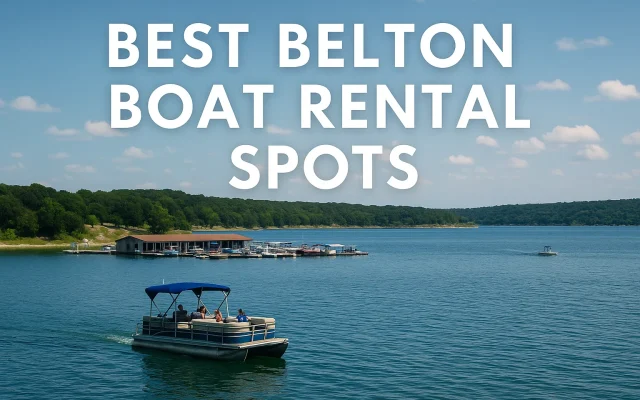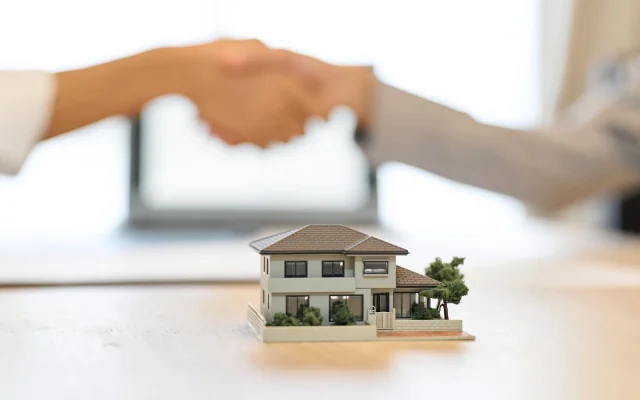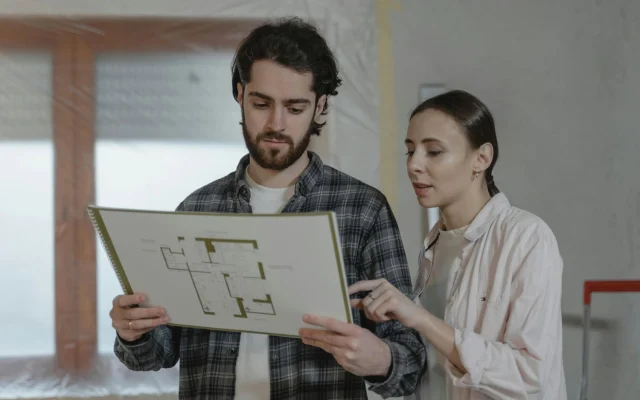Outdoor spaces have become an essential part of how people live today. Whether it’s a shaded rooftop lounge, a cozy patio, or a shared courtyard, well-designed outdoor areas offer comfort and connection that fit modern lifestyles. The most successful designs begin with one important consideration: climate. Weather shapes everything from materials to layout, influencing how people relax and gather outside throughout the year.
The Role of Climate in Modern Outdoor Design
Outdoor living takes on a different personality depending on the weather. What works for a sunny desert city might not suit a place that sees heavy rain or snow. More designers are treating climate as a creative influence instead of a limitation, shaping spaces that feel effortless and natural within their environment.
In warm regions, designs that encourage airflow and provide shade make outdoor life comfortable nearly year-round. In cooler areas, partially enclosed decks and screened porches allow people to stay connected to nature while staying warm. Even in moderate climates, surfaces must handle both direct sunlight and unexpected downpours.
Good design responds to its surroundings. When local weather patterns are understood, every choice, from furniture durability to plant selection, feels intentional, resulting in spaces that belong to the environment they inhabit.
Adapting Design to Different Weather Conditions
A well-planned outdoor area does more than react to temperature. It supports how people want to use the space throughout every season. In places with long summers, lightweight materials and open layouts keep the heat at bay. Pergolas, shade sails, and natural ventilation make these areas comfortable without relying heavily on cooling systems.
Where seasons shift more dramatically, versatility matters, fire features, retractable coverings, and flexible furniture transform a sunny patio into a cozy retreat once the evenings cool down. Multifunctional design allows outdoor spaces to remain useful for most of the year while maintaining a balance between comfort and style.
Outdoor living has become a reflection of how people connect with their surroundings, a mix of practicality, personality, and sustainability.
Warm Climates: Open-Air Comfort and Light Materials
In parts of the country where sunlight is abundant for most of the year, outdoor spaces often serve as everyday living rooms. Areas like the Southwest favor open layouts that invite light but still protect from heat. Pale materials, airy fabrics, and reflective finishes help maintain a cooler temperature, turning patios and terraces into relaxing extensions of the home.
Designers in these climates often turn to pergolas, slatted shade structures, and climbing greenery to create protection that still feels open and airy. Stone, tile, and treated wood hold up well under intense sun, while neutral tones and natural textures keep the atmosphere relaxed.
As seen in Architectural Digest’s outdoor décor ideas, subtle touches like layered lighting, mixed textures, and cohesive color palettes can make an open-air lounge feel as refined as any indoor room. In warmer regions, that blend of durability and ease creates a lifestyle where outdoor living becomes second nature.
Cooler Regions: Designing for All Seasons
In northern and Midwestern states such as Minnesota, Michigan, and Vermont, outdoor living often means preparing for constant change. Summers are bright and lush, but winters bring cold air and snow. Residents in these areas value spaces that transition easily between seasons. Adjustable awnings, screened porches, and heated patios help extend outdoor enjoyment well beyond the warm months. Composite decking, stone, and weather-treated wood withstand moisture and shifting temperatures while maintaining their aesthetic appeal.
Across Pennsylvania and neighboring states, such as Ohio and New York, this focus on adaptability defines many outdoor projects. Communities tend to design with the seasons in mind, combining comfort with practicality. In towns such as Lewisburg, Selinsgrove, and Bloomsburg, homeowners create outdoor spaces that work for cookouts in July and quiet gatherings in October. Working with a local deck builder in Selinsgrove helps turn those ideas into spaces that fit local weather patterns while keeping a natural connection to the outdoors.
Outdoor living in these climates thrives on flexibility and craftsmanship, showing how well-considered design can make the outdoors welcoming all year long.
Apartment Living Meets Climate-Conscious Design
The same principles that shape residential outdoor spaces are also being applied to apartment communities. Developers are rethinking courtyards, patios, and rooftop lounges as comfortable gathering spaces that adapt to local weather conditions. These shared spaces bring a sense of home to residents while encouraging social connection and time spent outdoors.
In sunny states like Arizona and Nevada, misting systems and shaded lounges keep common areas usable through long, hot summers. In Colorado or Pennsylvania, fireplaces, covered seating, and weatherproof surfaces make outdoor amenities enjoyable even in cooler months. Native landscaping, energy-efficient lighting, and resilient materials help communities embrace their climate instead of fighting it.
Material choice plays a big role in creating spaces that last. Sturdy elements, such as steel, concrete, and treated wood, retain their shape and color even in extreme temperatures while maintaining a modern aesthetic. As shown in this look at metal table bases that define style, thoughtful use of durable materials adds both personality and functionality to shared areas.
When apartment communities are designed for the climate, outdoor spaces feel like a natural part of daily life. They are comfortable, social, and built to endure.
Conclusion
Outdoor living continues to evolve as more people see it as an essential part of home and community life. From sunny courtyards in the Southwest to sheltered decks in the Northeast, good design reflects the character of both the climate and the people who inhabit it.
When weather, materials, and comfort come together, outdoor areas become more than places to sit. They become settings for daily rituals and small moments that bring people together. Whether it’s a shared courtyard or a private deck, well-designed spaces prove that every season offers an opportunity to enjoy life outdoors.
Frequently Asked Questions (FAQs)
Climate influences every design choice, from materials and furniture to layout and comfort, ensuring the space works well year-round.
Use shade structures like pergolas, light-colored materials, and breathable fabrics to reduce heat and maintain airflow.
Stone, treated wood, and tile hold up well under intense sunlight and help keep outdoor areas cool.
Add features like fire pits, heated patios, or retractable enclosures to stay warm and extend usability through all seasons.
Versatile layouts and furniture adapt easily to seasonal changes, allowing people to enjoy the outdoors in comfort anytime.
Durability and weather resistance are key—materials should withstand moisture, sunlight, or temperature swings depending on the region.
Yes, by adding shaded lounges, fireplaces, or misting systems, apartments can create inviting shared spaces suited to local weather.
They balance aesthetics with function by choosing cohesive color palettes, durable materials, and adaptable layouts.
Using native plants, energy-efficient lighting, and long-lasting materials helps outdoor spaces blend with the environment responsibly.
Work with local builders or designers familiar with regional conditions to choose materials, plants, and layouts that thrive naturally.

